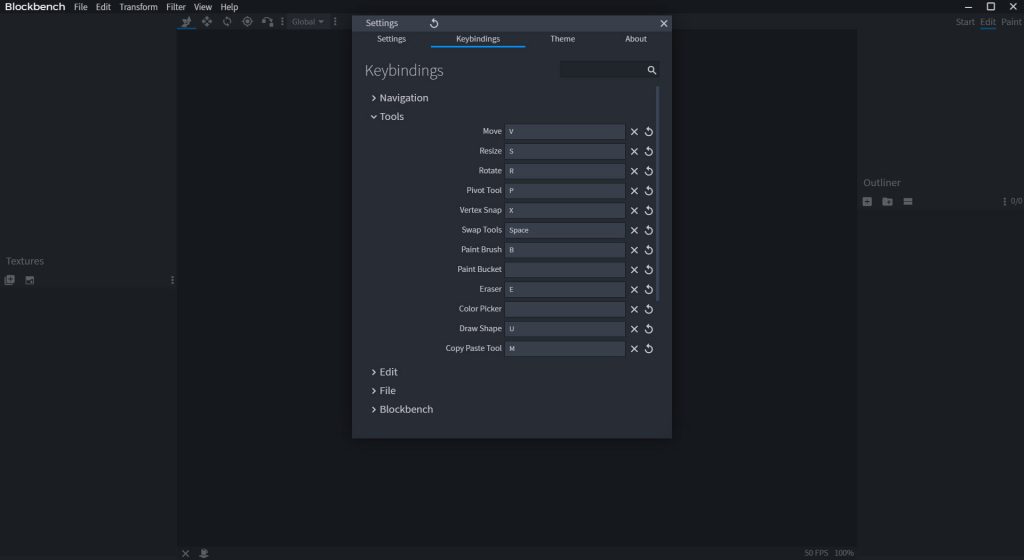
On this page, you can change multiple properties related to the design and sound of the block. If you set the value to 0, the fire on the block will burn forever. Higher values increase the likelihood of the block being destroyed by fire. For reference, the value for normal wood is 20. Higher chances will make the block catch on fire faster.įire Destroy Chance: The chance that fire on the block will destroy the block itself. For reference, the value for normal wood is 5. Higher friction values will reduce the walk speed on the block.įlammable: When enabled, the block can catch fire and burn.įire Catch Chance: The chance that the block will catch on fire when it's next to an open fire. The default value of 0.6 will feel normal.

Lower friction values will make the block slippery, like ice. The higher you set the resistance, the closer the block can be to an explosion without getting destroyed.įriction: The friction value determines how much the players feet will stick to the ground when walking on the custom block. You can also define the explosion resistance. Different mining speeds for different tools such as pick axes are not available at the moment.Įxplodable: When enabled, the block can be destroyed by explosions. Right next to that, you can see a little animation that previews how fast the block can be mined. When enabled, you can also set the destroy time, which is the time it takes to destroy the block, in seconds. Mineable: Enable this to allow players to mine the block in survival mode. On this page you can set the basic properties of your block. The preset will pre-configure all your options to be like a specific Minecraft block, but you can also change all options individually later. On this page, you can select a preset to base your block on.

If you select None, your block will not appear in the creative inventory and you will only be able to get it by using commands. You can also select a sub-group to add your block to one of the foldable groups within an inventory tab. Your ID may look like this: my_addon:my_block.Ĭreative Category: Select the tab of the creative inventory that your block will appear in. That namespace is reserved for vanilla blocks. All blocks that Minecraft comes with by default have the namespace minecraft. This is useful to distinguish your own block from blocks with the same purpose, but from another addon, if you are using multiple addons in your world. The identifier needs to start with a namespace, which is a short identifier of your or your project. Identifier: The ID of the block will be used internally, for example in commands.
Blockbench java install#
The first step is to install the Block Wizard plugin. Users should use at their own discretion.

Blockbench is provided by external, third-party contributors and is not a Mojang/Microsoft offering.


 0 kommentar(er)
0 kommentar(er)
